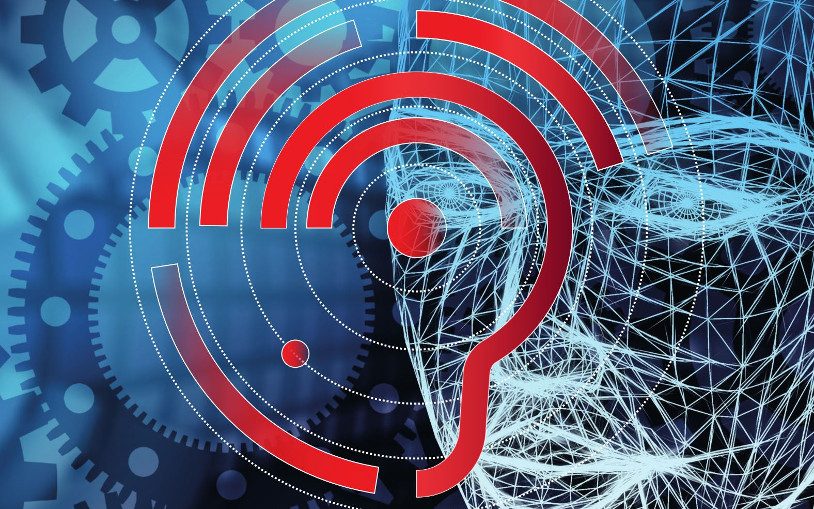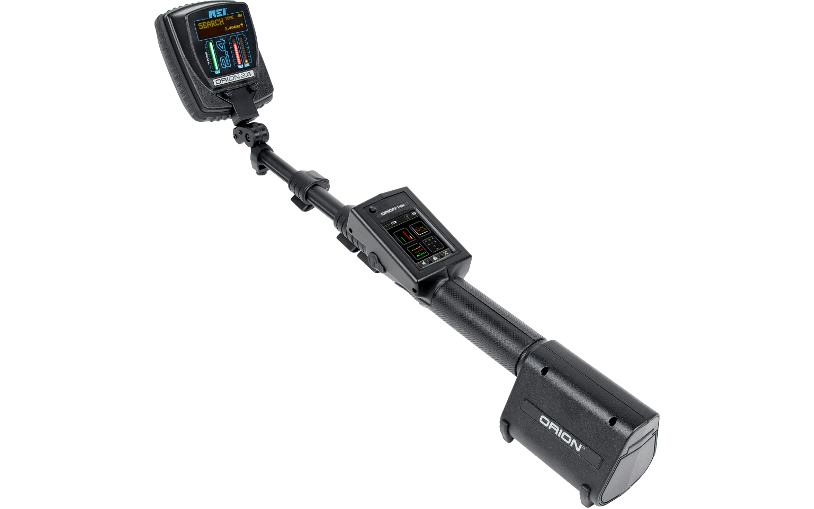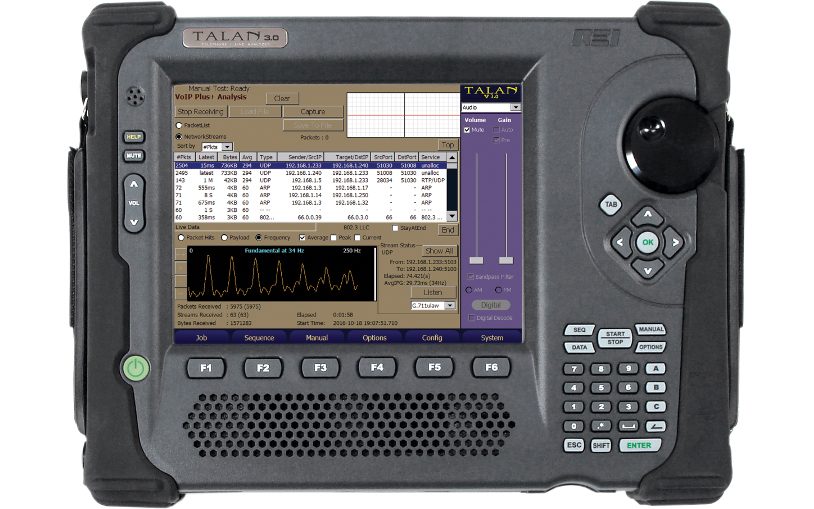We provide sweeps, which are active anti-bugging measures that involve the inspection of a secure area with technical equipment by specialists. The service includes the regular inspection of rooms to check for technical eavesdropping devices, as well as continuous monitoring during a conference or meeting. For many security managers, the initial question is whether an external service provider should be commissioned with the eavesdropping prevention test or whether the appropriate resources should be set up internally and equipped with the necessary technical tools. The benefits of using of an external service provider include rapid response at short notice as well as lower costs.
In the long term, however, you may decide that it’s worthwhile to build up an internal eavesdropping defense system – partly for cost reasons and partly to mitigate the risks that may arise if you entrust the protection of your highly confidential information to an external service provider. In the following sections, you can find out about our range of devices and technologies for active eavesdropping protection. However, please note that your staff will need professional technical training to ensure they use the devices correctly.






